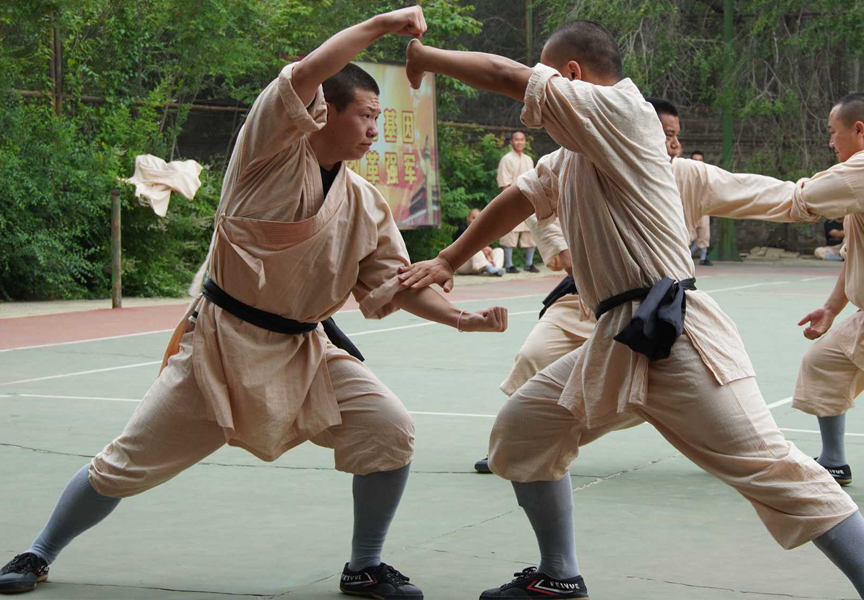Random Free Articles
- Unveiling the Essence of the Heart Chakra
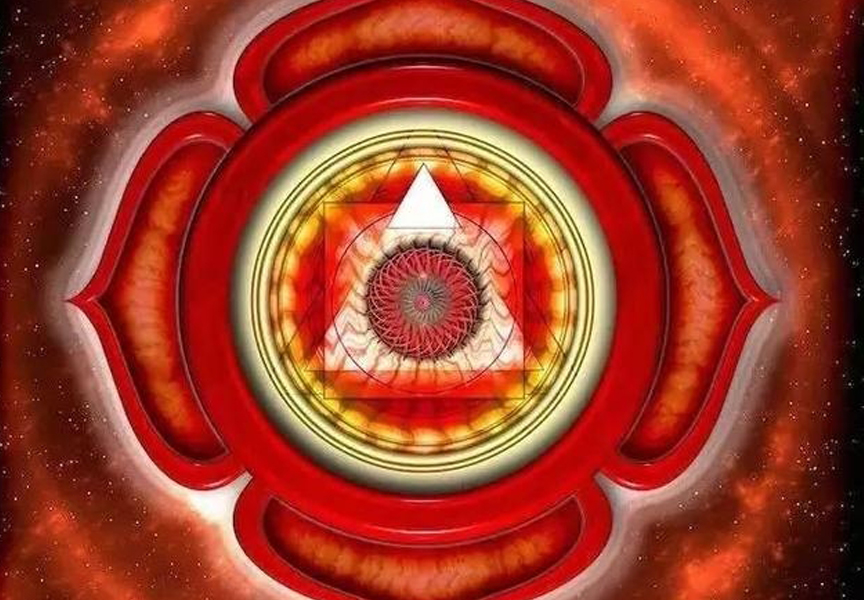
In the realm of spiritual exploration and self-discovery, the concept of chakras - Mailun [Chin.: Mài lún 脉轮 | Sanskr: चक्र] holds a significant place. Among these energy centers, the heart chakra, known as Xinlun [Chin.: Chin.: Xīn lún 心轮] in Chinese and Anāhata [हृदयचक्रम्] in Sanskrit, stands out as a focal point for balance, compassion, and interconnectedness. Let's delve into the profound…
- Unveiling the Deep Culture of Shaolin
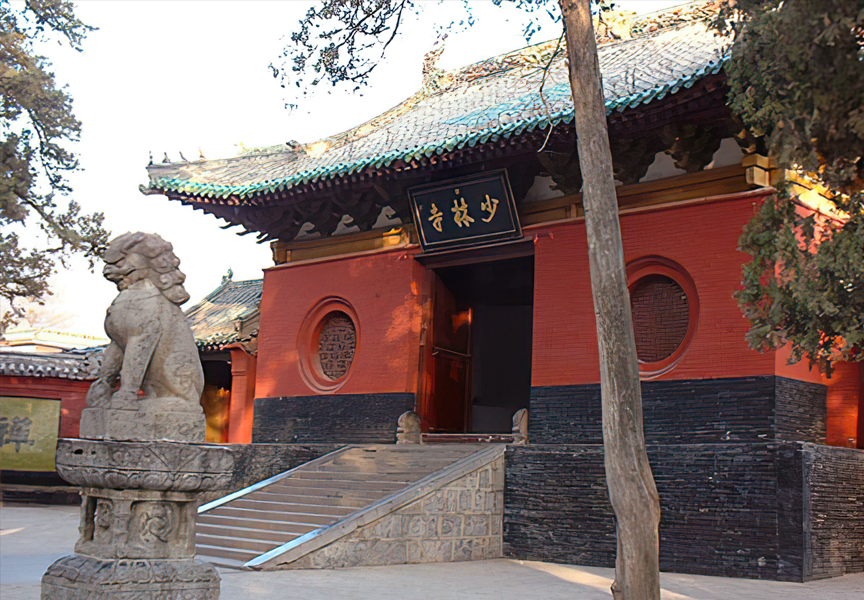
A Journey Through 15 Centuries of Spiritual and Physical Cultivation In the hustle and bustle of the modern age, where speed and efficiency often take precedence, it becomes imperative to take a step back and explore the profound wisdom embedded in ancient traditions. One such tradition that beckons us to delve into its deep culture is the Shaolin philosophy—a repository of primordial knowledge that has evolved over 15 centuries. In a world…
- Iron Rings in Shaolin Kung Fu
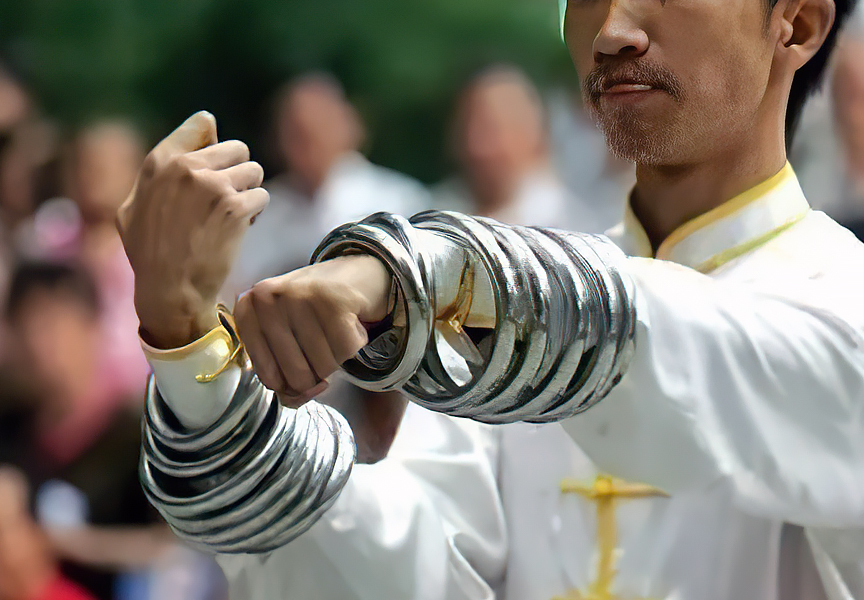
Harnessing the Power In the realm of martial arts, Shaolin Kung Fu stands out as one of the most revered and iconic disciplines. Known for its rigorous training methods and emphasis on both physical and mental strength, Shaolin Kung Fu incorporates a wide array of traditional weapons and tools. Among these, the iron rings, known as Tie Huan [Chin.: Tiě huán 铁环], hold a special place. These seemingly simple yet powerful tools have been…
- The Mystique of Buddha Palm
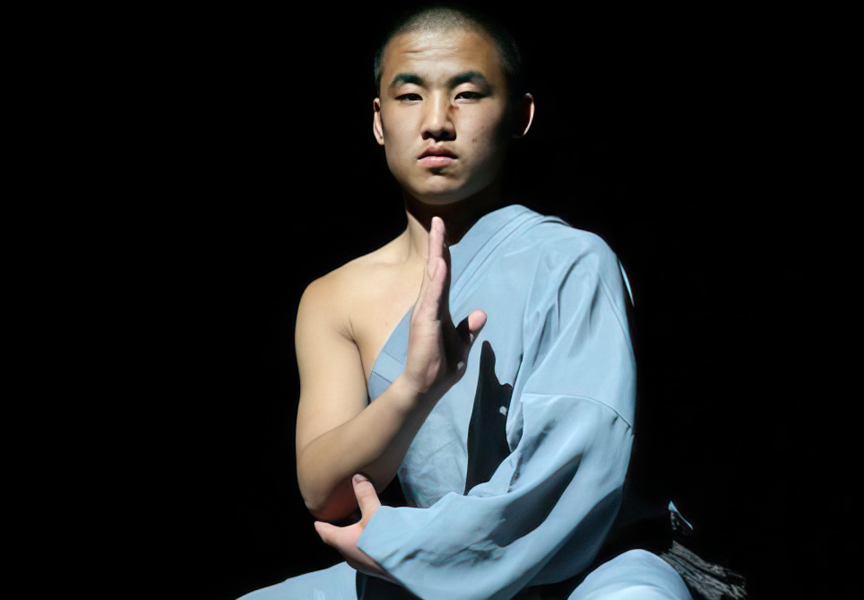
The Lost Art of Shaolin Monks In the annals of martial arts history, few names evoke as much reverence and fascination as Shaolin Kung Fu. Nestled amidst the mist-shrouded peaks of China, the Shaolin Monastery has long been revered as the cradle of martial arts mastery and spiritual enlightenment. Within its hallowed walls, generations of monks honed their bodies and minds, cultivating skills that transcended mere combat prowess. Among the…
- What Matters Most - Victory or Effort?

What Matters Most - Victory or Effort? In the grand arena of life, the question of what holds greater significance, victory or effort, has been a subject of perennial contemplation. Whether in sports, academics, or personal pursuits, individuals grapple with this profound inquiry, each offering compelling arguments to support their stance. Yet, the essence of this debate transcends mere outcomes, delving into the very fabric of human existence…

